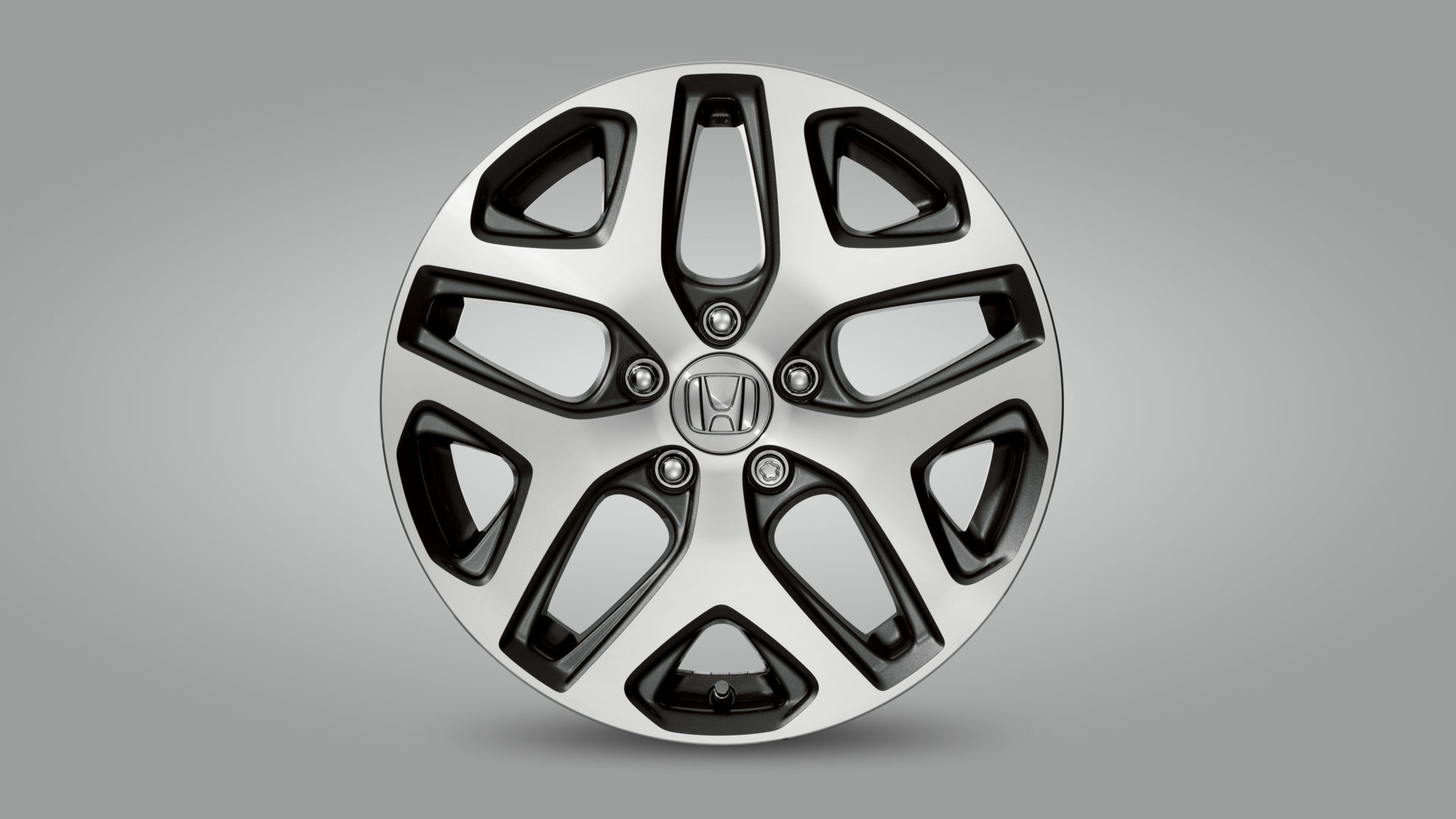
Vehicle Safety: Pothole Edition

Indecisive weather can quickly damage the roads. The freezing and thawing of the snow and rain helps to accelerate pothole growth, making it seem like they suddenly multiply by spring. Try as you might, sometimes potholes, and the damage they create is unavoidable.
Your vehicle’s tires are their primary defence against pothole damage. Properly inflated tires should be able to handle the average pothole with ease. However, not all potholes are created equal, and it can be difficult to estimate the problems they create. The damage your vehicle receives while driving over a pothole depends on the pothole’s depth, the vehicle’s speed, and the tire pressure. The suspension is commonly effected by hitting potholes. The suspension controls your vehicle’s wheel placement and balance. If suspension issues are not resolved, it can lead to issues with the wheels, steering, and vehicle stability.
What to do if you hit a pothole:
If you hit a large pothole, always pullover and check your vehicle for damage. In particular, check the tires for any bulges or tears. These are signs that although the tire might look inflated, if it is not addressed it could blow out! If you can’t find any signs of damage, see if you notice your vehicle bouncing or swaying when you turn. This is a sign of damage to the suspension, and should be assessed immediately before further problems occur.
Pothole Tips:
Stay away from large puddles on the road! There could be hidden potholes beneath them. Also, try to avoid driving on the edges and center of the road. These are notorious areas for potholes to form! If you can’t avoid a pothole, don’t brake! Suddenly braking will force the weight of your vehicle against the tire in the pothole.
If you have any questions, click here to contact us!
If you would like to book a Service appointment, click here!
Need help booking a Service appointment online? Check out our tutorial!
